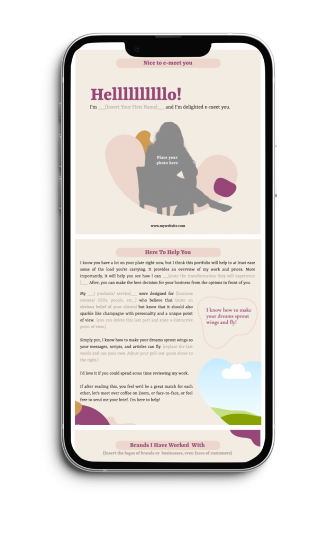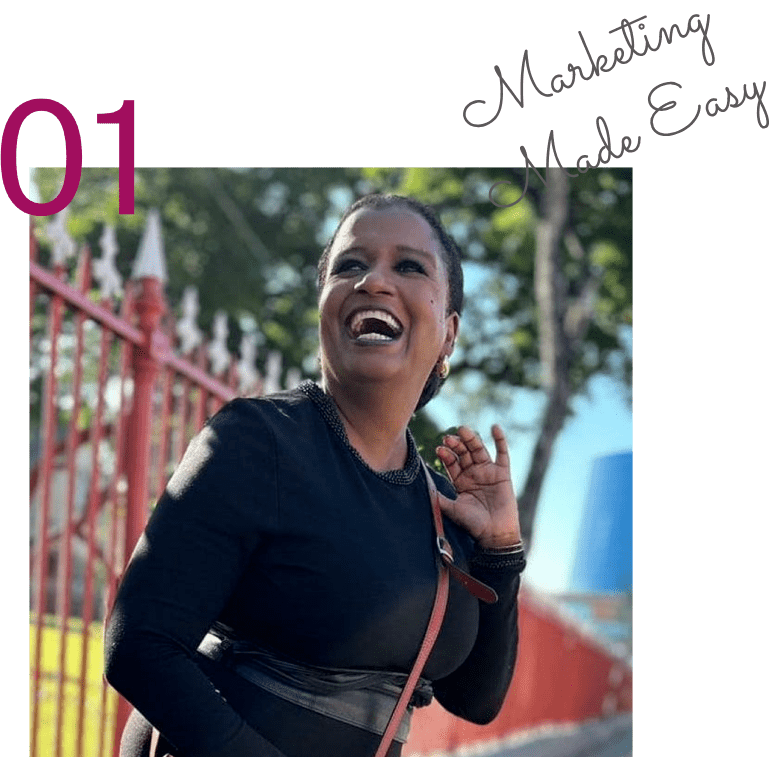What is an AI Prompt? Consider that the question of the century. Not only because of how Open AI has changed the way we use prompts to live and work. But also because the questions has all sorts of moral and ethical implications.
Table of Contents
ToggleThink about the way prompts can be used for good (major health cures) and for bad (the spread of misinformation), the implications of it’s widespread usage on the labour market, creativity, jobs, and work: yours and mine.
Now don’t get me wrong prompt crafting is a defining skill of the future.
It’s the passport stamp every small‑business founder will need for the road ahead.
It’s the art of translating the fleetings ideas in your head into crisp, generous instructions an AI can run with.
This takes intention above and beyond a one line ask. .
And it matters because AI agents are about to become our new co‑workers, sliding into inboxes, CRMs, and creative brainstorms.
Heck, I just built one of my own. → AI Agents.
And the entrepreneurs who can frame a question, set the context, and feed the right examples will always win over those who can’t.
In other words: master the prompt, and you won’t just keep pace with the future, you’ll become an author of it.
I don’t say this lightly.
That’s why you’ll hear me saying over and over again to my students that the one thing that’ll distinguish those who succeed, and those who flounder in the new AI economy, will be the ability to create and build prompts well.
I’m putting that stake in the ground so deep.
Here’s why.
AI prompts are precious, pieces of code (in plain English or your language of choice) that once written well can multiply our efficiency, creativity, and productivity in ways you never imagined.
But my favourite thing about defining an AI prompt is the way it can be aligned to its most significant benefit: the ability to give us back time in the day to focus on the things we need or love to do.
Sometimes, that has not one single thing to do with work!
Ok, let’s get the definition of an AI prompt out of the way. This is one I want you to tuck into memory.
What is an AI Prompt?
I want you to think of a prompt as an instruction that can be simple or complex. Some folks call it an input, a query, or a question that is placed into a Large Language Model (LLM) of choice.
Think ChatGPT, Claude, Bing, Perplexity, DeepSeek etc.
You can use your AI prompt for very simple queries and get fantastic results and output.
That’s fine.
It’s one of the few times you should treat it like Google.
But if you’re looking for specificity, and if you want ChatGPT, for instance, to be more accurate and sometimes stop its runaway train behaviour, you’ll need to change the way you build your AI prompts.
How?
You’ve got to add layers and specificity to the prompts you create.
Let’s talk about specificity next, and I’ll share an example.
Use these simple AI Prompts And Spot The Difference
Now I don’t want you to think of the output that ChatGPT or any other AI model gives you as the sort of answer you’ll get when doing a Google search.
Let’s get to my bake-a -cake example.
Imagine you have friends coming over, you’re cooking a big meal, and want to bake a delicious chocolate cake for dessert.
You ask ChatGPT for help so you’ll write or ask it: “
“Please give me a recipe for a chocolate cake?”
Now the response from that query will be good, you’ll get something you can work with.
But I have to tell you it won’t be specific.
Suppose for instance, you want a vegan chocolate cake as some of your guests don’t eat eggs.
Maybe you want a recipe that serves 10 people and not 4.
I could on and on but I think you’re following me, right?
So when folks ask me what is an AI prompt, I’ll give the same definition I started with but I’ll also add: “Specificity Matters.”
Let’s go back to that chocolate cake; here is a simple but better prompt.
“Show me a 5 star reviewed recipe for a simple, moist, and rich chocolate cake with frosting that uses dark chocolate. I need the cake to serve 10 people. I have vegans at my dinner party so I need a recipe that has no eggs or “real butter.” Show all the ingredients first giving the precise measurements, and then provide a bulleted, step-by-step, how-to baking guide as I’m a first-time baker”
See the difference in prompting when you get specific? Place both prompts into ChatGPT and you’ll see what I mean, The result will be tailored to you and your needs.
RELATED: >> 7 STEPS TO GET THE BEST AI COPY <<
One thing to remember when defining “What Is An AI Prompt”
When it comes to creating a specific prompt you need to remember that as humans we can’t compete with AI at DOING.
However, AI can’t compete with us as human beings at the CONCEPTUAL STAGE.
We are the ones in control at the input stage when we put in our query and ask the AI to give us an output.
So the aim is to make sure our thinking is sharp, and the query clear and specific.
AI just mirrors whatever you give it.
Feed the model a vague prompt and you’ll get a vague answer—classic “garbage in, garbage out.”
Instead of being disappointed with the output, I need you take a steady pause and …
-
Define your result. What exactly do you need the model to produce?
-
Add context. Share the who, what, and why behind the task.
-
Give an example. A quick reference point steers the tone and structure.
That tiny pause—where you sharpen the question and polish the details—turns the machine’s answer from “meh” to magic.
I like to think of that pause as the moment were we marry artificial and human intelligence.
And in some way, it keeps the creative edge exactly where it belongs: in our hands… at least for now.














